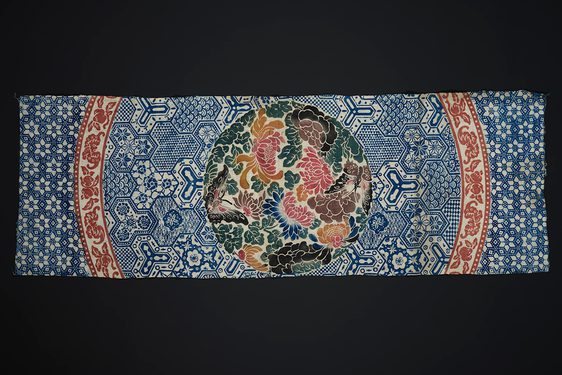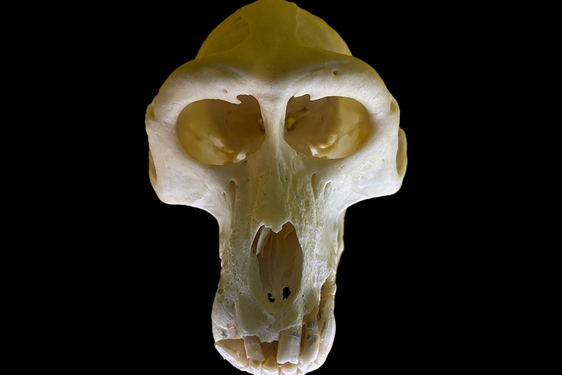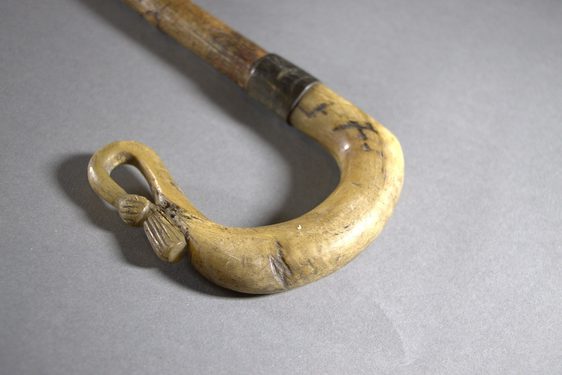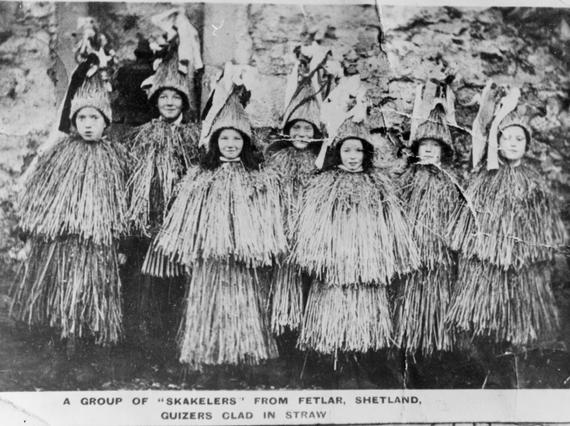
9 ways to welcome winter in rural Scotland
News Story
As the days become shorter and temperatures plummet, winter is a time of maintenance and preparation on the farm in Scotland.
Repairs are carried out on walls, hedges and fences. The soil is protected and prepared in anticipation of spring. Where possible, animals are brought indoors and require regular feeding. Machinery is serviced and maintained.
The cold winter nights in Scotland’s rural communities were warmed with a number of celebrations and festivities – Christmas or ‘Yule’, Hogmanay, Burns Night and Valentine’s Day. Celebrations took different forms throughout Scotland. After the Reformation the Scottish Parliament banned Yule celebrations, and although this ban was strongly resisted it was only in 1958 that Christmas became a public holiday in Scotland.
Yule celebrations lasted 24 days, beginning in midwinter and ending in January, and were marked with music, dancing and food. The Yules are still celebrated in parts of Scotland today, including the Northern Isles.
The Rural Life collections include tools, machinery, craft objects, paintings, and many more types of objects that tell stories of different seasons on farms and crofts. Here are several objects from National Museum of Rural Life that can tell us more about winter in rural Scotland.
1. Ploughing
Although ploughing takes place on the farm at various times throughout the year, winter ploughing is required to prepare the soil for spring sowing. Farmers aim to plough their fields before freezing temperatures creep in but they also need dry conditions. The National Museum of Rural Life has many different ploughs on display throughout its galleries. The ‘Plough Wall’ demonstrates the evolution of the plough, and how it was adapted in different regions to suit Scotland’s diverse landscapes. From the cas-chrom, used in the northwest of Scotland, to the swing plough and the Oliver plough.

The Plough Wall at National Museum of Rural Life, Tools Gallery.
2. Weaving willow baskets
Willow rods are harvested during winter in Scotland when the wood is at its most flexible and the tree is dormant. Willow trees and shrubs are fast growing and widespread across Scotland. They can be found along waterways and in wet soil such as wetlands and woodlands. Willow is hard wearing, versatile and available in abundance, so it is no surprise that traditionally it was used to make a variety of objects.
A popular use of willow is basketmaking. In the days before plastic containers, baskets were used in all aspects of rural life. Here are just some of willow work baskets held at National Museum of Rural Life. The collections also include examples of willow creels for carrying both peat and fish, white willow breadbaskets, arm creels, and even a miniature chair.

Willow baskets in the Organic Store at the National Museum of Rural Life.
3. Keeping hardy breeds outdoors
Although many farm animals are moved indoors during winter, some breeds stayed out all year round regardless of weather conditions. This portrait, painted by William Shiels in around 1835, depicts breeds of sheep from Orkney and Shetland – including a ram from the Isle of Eynhallow and a ewe from the Isle of Rousay. Orkney and Shetland sheep are small, hardy, and adaptable breeds who have survived in harsh conditions for centuries. These native sheep have adapted to life on the coast, feeding on grass and seaweed.
The Scottish artist William Sheils (1785-1857) painted over 100 animal portraits in the 1830s and 1840s. Seven of his portraits are on display at National Museum of Rural Life.
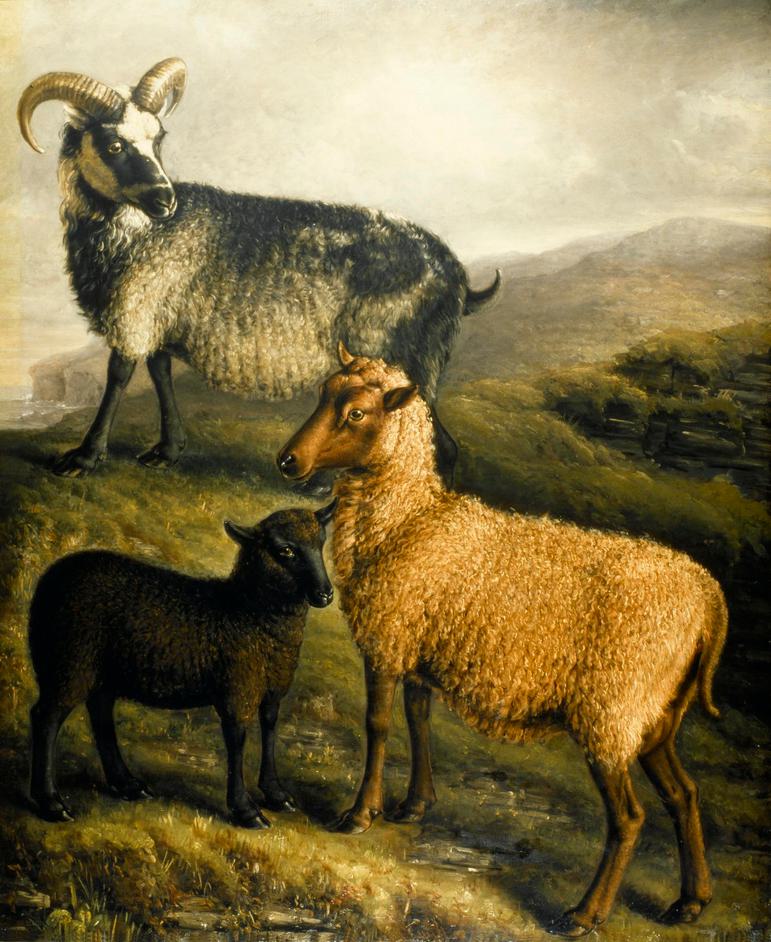
'Orkney and Shetland Sheep', 1835, William Shiels (1785-1857), oil on canvas, on display in the Picture Gallery at the National Museum of Rural Life. Museum reference H.OD 97.
4. Woodland maintenance
Woodlands have to be carefully managed and maintained during winter. Tree planting is carried out between October and March in Scottish forests. Other vital tasks such as felling and pruning take place during the winter months, while trees are in a dormant state and birds are not actively nesting.
National Museums Scotland has a significant historic forestry collection that includes a variety of tools and implements, as well as photographs documenting forestry practice in the twentieth century. At the National Museum of Rural Life is a display dedicated to forestry, showcasing devices used for planting, measuring, and marking trees, and for felling and transporting timber.
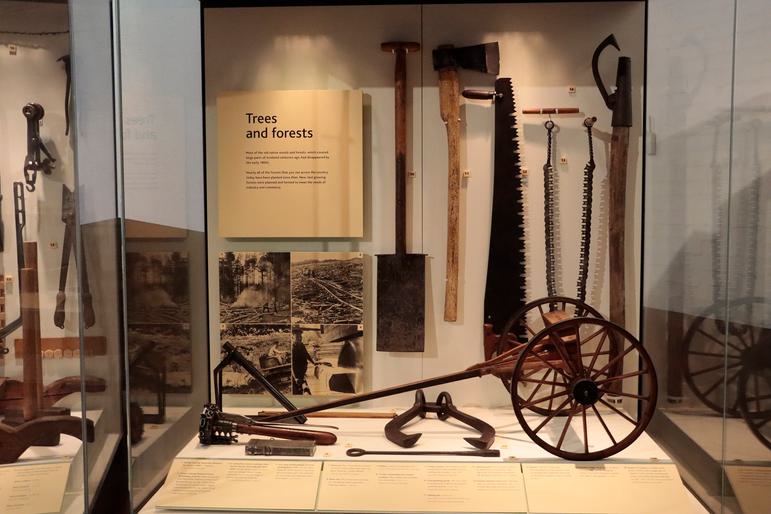
Trees and forests, on display in the Land Gallery at the National Museum of Rural Life
5. Hogmanay traditions
This photographic print from the Scottish Life Archive shows one of Shetland’s Hogmanay traditions. The original photograph was taken by Sir Arthur Nicolson at Brough Lodge in Fetlar and depicts skeklers, or guizers, who wore straw suits and hats, and visited houses on the island to dance in exchange for food and drink. Hogmanay festivities varied from region to region including: the Stonehaven Fireball ceremony, Orkney’s Kirkwall Ba’ on New Year’s Day, and the Burning of the Clavie in Burghead, Moray, which takes place on 11 January (the Gaelic New Year).
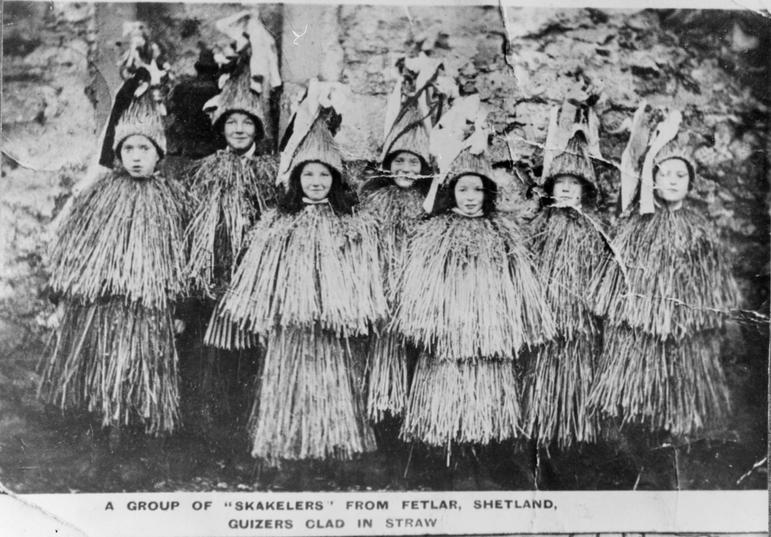
Group of Skeklers or Guizers from Fetlar, Shetland, 1909, taken by Sir Arthur Nicolson. Museum reference SLA.C.1059.
6. Celebrating Robert Burns
Although Burns Night, or Burns Supper, can be held any time of the year it is usually celebrated on 25 January – Robert Burns’ birthday (1759-1796). Burns Night celebrates the life and works of Scotland’s national poet, who wrote in the Scots language poems such as 'To A Mouse', 'Tam O’Shanter', and 'The Selkirk Grace'.
'Auld Lang Syne', which is perhaps his most famous verse, was based on an old Scottish folk song and is sung across the world on Hogmanay and other special occasions.
Burns was a poet, but like his father before him he was also a tenant farmer and he frequently recorded aspects of rural life in his written works. This bowl and teapot were made by Cumnock Pottery, Ayrshire, and are inscribed with lines from Burns’ poems and songs. This type of pottery, known as ‘motto ware’ was popular among rural communities.
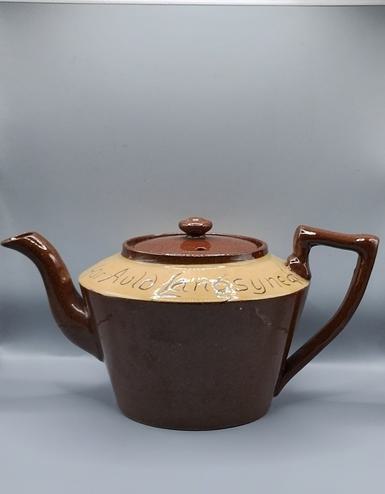
Brown and yellow teapot, inscribed 'Tak' a cup o' Kindness for Auld Land Syne', by the Cumnock Pottery, Ayrshire, 1850 - 1900. Museum reference H.1995.54.1-2.
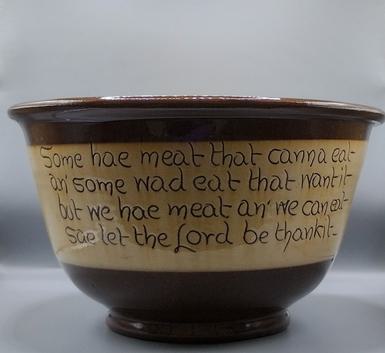
Brown and cream glazed earthenware bowl inscribed with the 'Selkirk Grace' by Robert Burns, probably made by the Cumnock Pottery, Ayrshire, 1850 - 1900. Museum reference H.MEK 303.
7. Picking neeps
Turnips, or neeps, have been a part of the Scots diet for centuries. During the eighteenth and nineteenth centuries turnips were valued as feed for cattle and sheep over winter. Crops of turnips could be picked in early winter or stored in a neep shed for up to five months and used as feed in place of grass, meaning that cows could produce milk all year round.
There are a wide range of machines and hand tools used to sow, harvest and process the humble turnip and the National Museum of Rural Life holds several examples. This display features turnip hashers and slicers, used to cut the turnip to prevent the animal from choking, and a turnip topper or tailer, for cutting the leaves and roots.
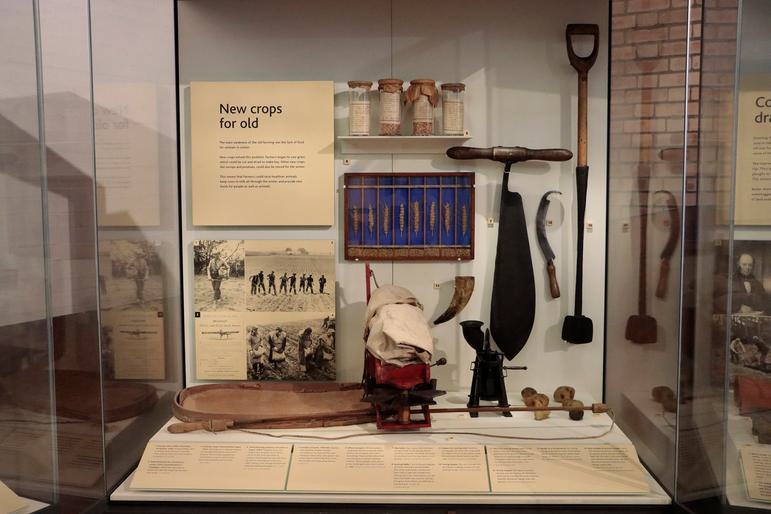
Tools for new crops, on display in the Land Gallery at the National Museum of Rural Life.
8. Sending love tokens
Saint Valentine’s Day has been celebrated in February in Scotland since the fourteenth century. Different Valentine traditions existed and various types of gifts were exchanged and sent by lovers over the centuries. Distaffs, or 'rock' in Scots – long spindles used to hold wool or flax during hand spinning – were often made and given as love tokens. An example on display at National Museum of Rural Life dates to the eighteenth century.
Another popular gift was bannock spades, which were used to turn bannock cakes while they were cooking on the griddle. Bannock spades were heart-shaped and this one on display comes from Turriff, Aberdeenshire. Today, Valentine cards, chocolates and flowers are favoured as gifts over spades and spindles.

9. Sitting around the hearth
In the earliest of houses life revolved around the fire, which provided both light and heat especially on cold and dark winter nights. Although the appearance of the hearth has changed over the millennia as domestic architecture has evolved, the hearth has remained as the centre of the home. This fireplace is from a house in Shandwick, a coastal village in Easter Ross, and was used by the Vass family. It dates from around 1900 but has been displayed as it might have looked in 1950. The grate in this hearth was for coal, but originally it was a peat fire on a level hearth.
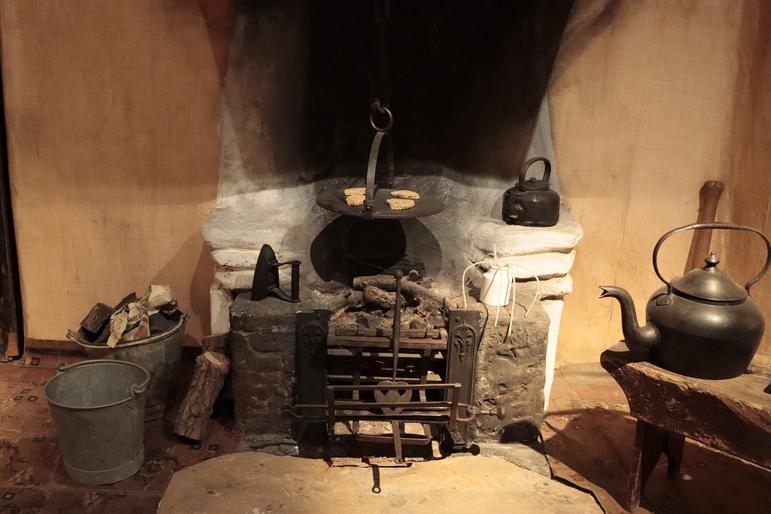
Shandwick Hearth, on display in the People Gallery at the National Museum of Rural Life.
